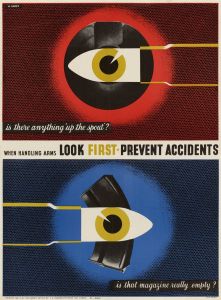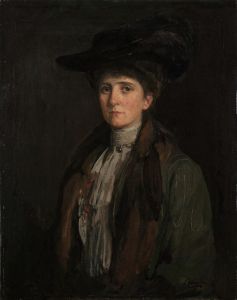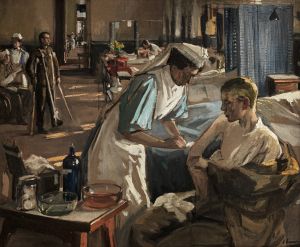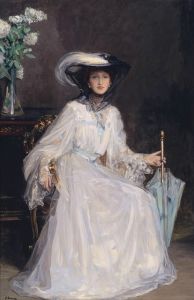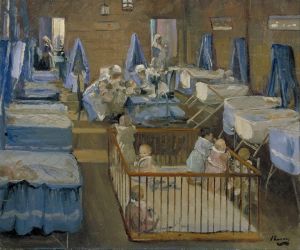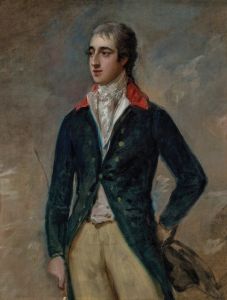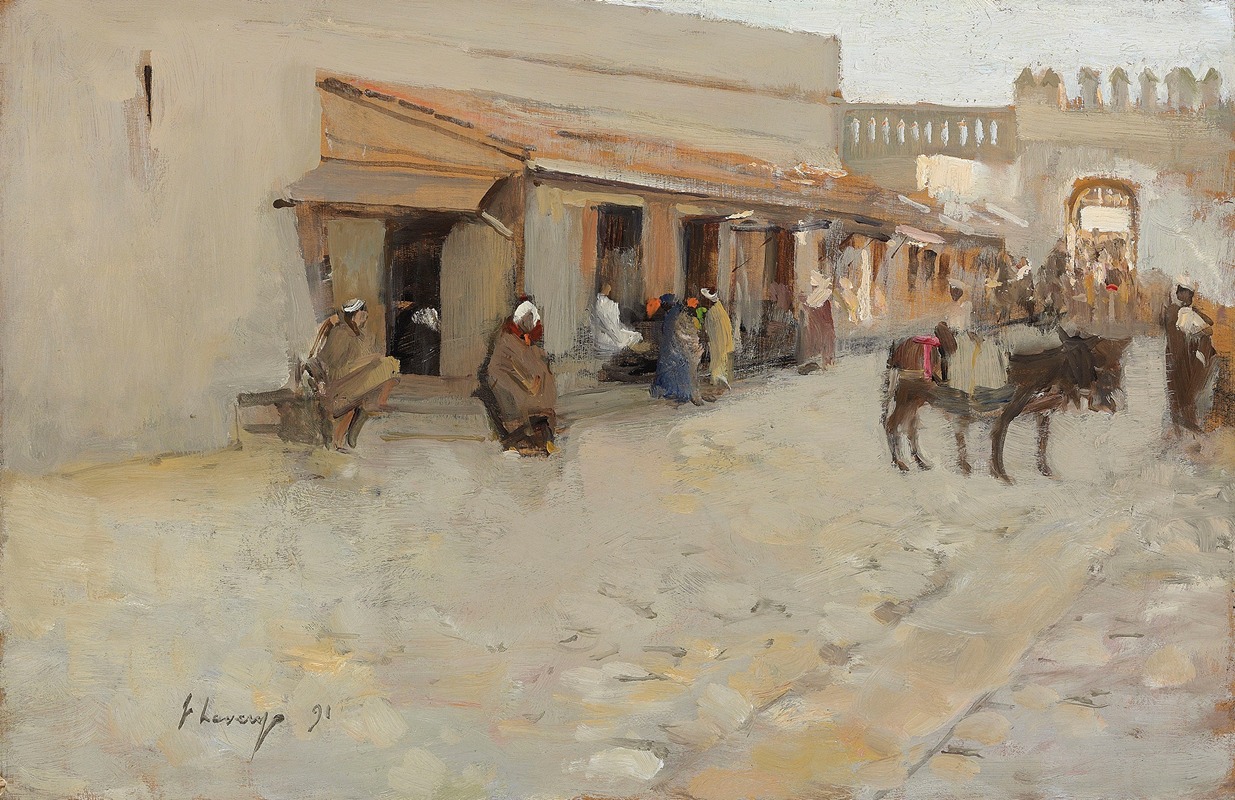
El Asha
A hand-painted replica of Sir John Lavery’s masterpiece El Asha, meticulously crafted by professional artists to capture the true essence of the original. Each piece is created with museum-quality canvas and rare mineral pigments, carefully painted by experienced artists with delicate brushstrokes and rich, layered colors to perfectly recreate the texture of the original artwork. Unlike machine-printed reproductions, this hand-painted version brings the painting to life, infused with the artist’s emotions and skill in every stroke. Whether for personal collection or home decoration, it instantly elevates the artistic atmosphere of any space.
Sir John Lavery was a renowned Irish painter, celebrated for his portraits and genre scenes. However, there is no widely recognized painting titled "El Asha" attributed to Sir John Lavery. It is possible that the title might be misspelled or misremembered, or it could be a lesser-known work that has not been extensively documented in public art records or major collections.
Sir John Lavery was born in Belfast in 1856 and became one of the leading figures in the British art scene during the late 19th and early 20th centuries. He studied at the Haldane Academy in Glasgow and later at the Académie Julian in Paris, where he was influenced by the Impressionists. Lavery gained prominence for his ability to capture the subtleties of light and atmosphere, which became a hallmark of his style.
Throughout his career, Lavery traveled extensively, painting scenes from various countries, including Morocco, which might be relevant if "El Asha" is indeed a work related to his travels. His time in Morocco was particularly influential, as he was captivated by the vibrant colors and unique lighting of the region. This period resulted in a series of paintings that depicted the landscapes and people of Morocco, characterized by their vivid palette and dynamic compositions.
Lavery's works often featured prominent figures of his time, including members of the British royal family. He was appointed an official war artist during World War I, where he documented the war efforts and created portraits of military personnel. His contributions to art were recognized with numerous accolades, including a knighthood in 1918.
Despite his success, Lavery's personal life was marked by tragedy. His first wife, Kathleen MacDermott, died shortly after their marriage. He later married Hazel Martyn, an American socialite, who became a frequent subject in his paintings. Hazel Lavery was known for her beauty and charm, and her likeness appeared on Irish banknotes for many years.
Lavery's legacy is preserved in numerous public collections, including the National Gallery of Ireland, the Tate Gallery in London, and the Ulster Museum in Belfast. His works continue to be celebrated for their technical skill and the way they capture the essence of the early 20th century.
If "El Asha" is indeed a painting by Lavery, it may be part of a private collection or a lesser-known work that has not been extensively cataloged. For those interested in Lavery's oeuvre, exploring his Moroccan period or his portraits of notable figures might provide insights into the themes and styles he favored.
In the absence of specific information about "El Asha," further research or consultation with art historians specializing in Lavery's work might be necessary to uncover more details.









